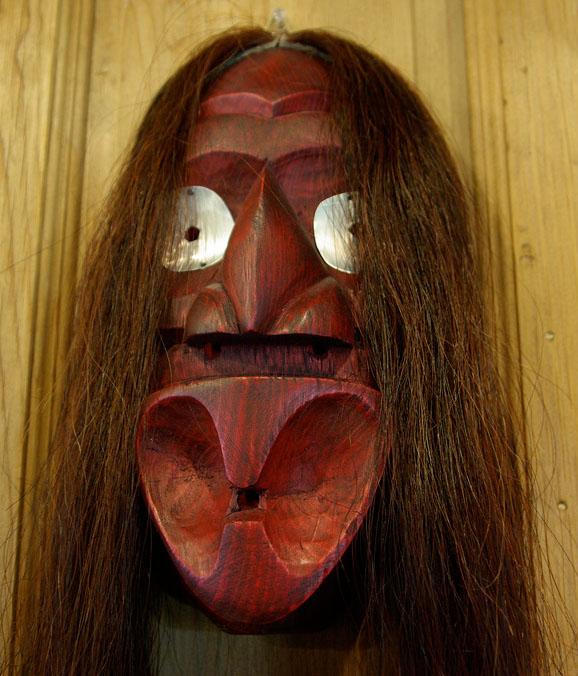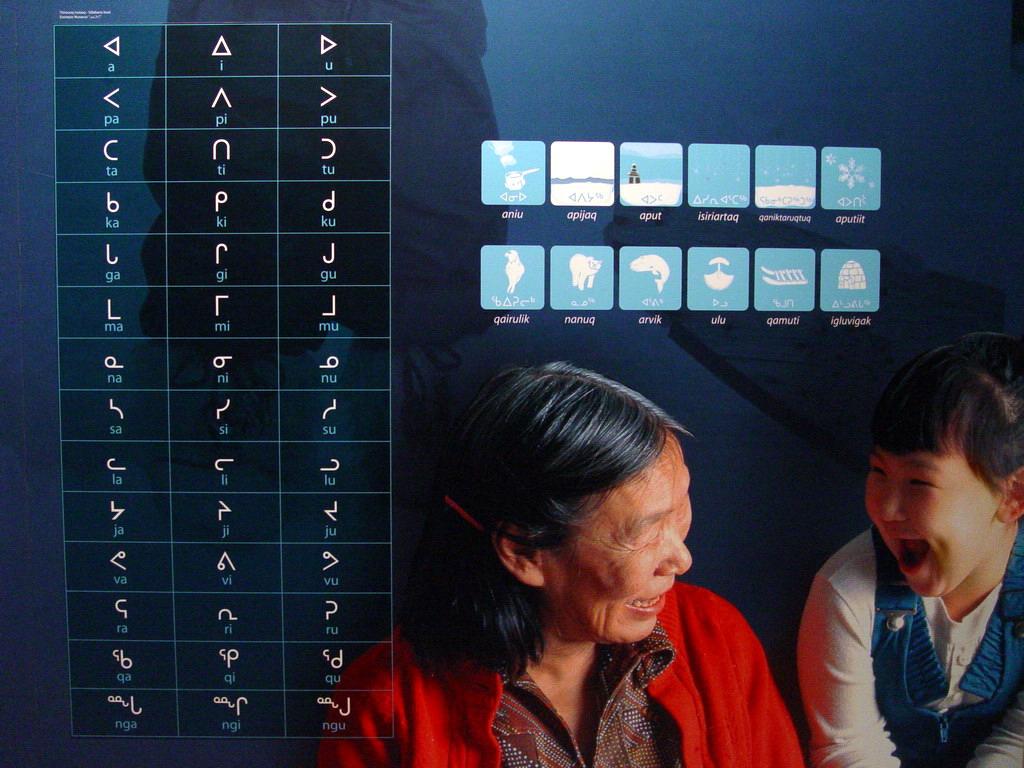Canada - The Tale of the Inuit and Their Land

Canada - The Tale of the Inuit and Their Land

The Inuits belonged to nomadic tribes that moved over large arctic areas, hunting caribou, seals, fish and polar bears. During the winter, they dug themselves into snow and earth, using driftwood covered with turf as roofs, in order to avoid freezing to death.
For clothing they used whatever nature had to offer - polar bear skin or caribou fur. The Inuit still hunt and fish, and some of them travel 5,000 kms a year in order to obtain what they need.
Sometimes they build igloos as temporary quarters, and in order to catch seals they make a hole in the ice and wait for a seal to come up for air. They then simply hit it on the head to immediately kill it.
Today, most Inuit live in villages or towns. They are proud of their hunting traditions, their culture, folk songs and language. Their language is called Inuktitut, and is similar to the language in Greenland and among Inuit in Alaska. It is a very special language, since they express themselves in few words. One word may actually replace a whole English sentence.
In 1999, the Inuit achieved two dearly sought-after wishes - the right to self-determination and rights over their beloved land. 20 % of the total area of Canada (2 million km2) was given to a population of 24 730, an entire 20 480 of whom were Inuit. This gives the Inuit the right both to control exploitation of natural resources and to keep a large percentage of the resulting income.
Iqaluit was chosen as the capital city of the Nunavut Territory and is Canada's northernmost capital and fastest-growing community. Nunavut means "Our Land". The like of this act has never before been passed for any native population. It represents the 5th-largest country subdivision in the world. Canada has really paved the way!
Below, you find a link to the Inuit version of Amazing Grace. Listen to it, and enjoy the beautiful sounds of this language.
Amazing Grace - Inuit Version
Can you guess what the Inuit word "qayaq" is in everyday English? It is the name of an Inuit invention which originates back to 1750-1760. Find out what "qayaq" means, and write instructions on how it was originally made by the Inuit peoples of Canada.
